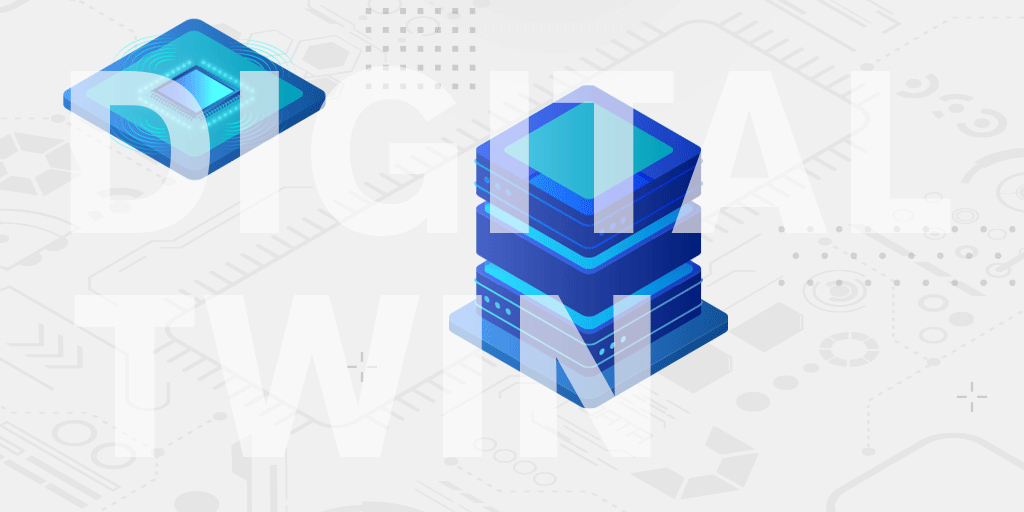Are you wondering what solutions really provide your organization with a resilient and strong posture against the digital adversary? Read on to discover how the use of digital twin environments can help you clone your organizations operational infrastructure and behaviors to draw, deter, detect, document, and defend against cyberattacks within your organization.
The cybersecurity landscape is an ever-changing environment composed of threat actors and cyber weapons. The ability to lure the digital adversary to an environment so you can detect and defend against these attacks is known as threat deception. Combining operationally realistic environments, or digital twins, with lifelike human behaviors provide the best mechanism to lure and retain the digital adversary in a safe environment without compromising your daily operations.
A digital twin is defined as a virtual and digital replica of physical entities such as devices, people, processes, or systems that help businesses make model-driven decisions. The purpose of a digital twin is to run cost-effective events to understand how your people, processes, and technology respond to an attack. These examples are costly to emulate without a digital twin. That’s why security officers, data scientists and IT professionals use data to develop models that mimic the real-world assets into a digital environment.
A digital twin environment enables you to emulate every part of your organization. Digital twins provide a powerful capability for the emulation of networks that incorporate a diverse variety of the following: environmental, protocol, mobility, network traffic configurations for urban environments, vehicle mobility, fading, shadowing, path loss and interference, 802.11p, LTE, and 5G. Let’s say you are a financial organization, you may want to emulate your payment systems, ATM machines, web services, and critical infrastructure which transports the data. On the other hand, if you are a federal government agency you would want to replicate your field-based operations, data center infrastructure, satellite connectivity, and even software defined communication to gain the needed insight.
Digital twins can significantly improve your organization’s data-driven decision making processes. Threat deception platforms go one step further by collecting digital adversary data, classifying the data with known frameworks such as the MITRE ATT&CK framework, then using that data to develop precise operational playbooks for each threat scenario. These playbooks are linked to their real-world equivalent environments to understand the state of the physical asset, respond to changes, improve operations, and add value to the systems.
Deception technology enables you to create a digital representation of real-world things, places, business processes, and people. A deception platform can also predict how critical communication networks will behave when under cyberattack and continuously assess network vulnerabilities from emerging threats in a cost-effective, and low risk manner.
Threat deception and network digital twins offer organizations a solution to predict how the networked enterprise, or at least the critical subsystems, will behave when under cyberattack, while making the enemy believe we are not observing every move they make. To ensure that cyber resilience is not a one time effort, IT managers and security teams must continuously assess their current network’s vulnerabilities to known and emerging threats, and proactively update their strategies.
Modern threat deception goes beyond the traditional threat deception platforms by using game-changing technology (like our ActiveBehavior technology, which replicates life-like user behaviors on each of the networked assets in an environment to lure and retain the enemy as long as possible). This strategy helps every organization gain insights that help drive unprecedented uptime and cyber resiliency to provide uninterrupted operations.
Additionally, the U.S military’s modern warfare requires integration across all domains: land, sea, air, space, and cyber. Advanced deception technology provides mission rehearsal planners with the ability to integrate design and analysis tools, and cyber training systems collectively. This allows the military to develop, test and deploy large sophisticated wired and wireless networks and communications equipment to ensure mission readiness. Deception technology provides a true multi-domain network solution with active behaviors to mitigate threats. It does this by accurately modeling the impact of cyberattacks, as well as analysis, system testing and hardening, and training for each threat scenario.
In the book “Art of War”, Sun Tzu teaches us not to rely on the likelihood of the enemy not coming, but on our own readiness to receive him; not on the chance of his not attacking, but rather on the fact that we have made our position unassailable. Sun Tzu states, “Rouse him and learn the principle of his activity or inactivity…Force him to reveal himself, so as to find out his vulnerable spots.”
Deception produces the needed environment and behaviors so we can outwit and outsmart the digital adversary. By providing a platform to collect the tactics and techniques in an automated manner, we now gain proactive threat intelligence we have never seen before, which allows us to plan for a digital adversary’s precise attack.

What are the benefits of threat deception using a digital twin approach?
Threat deception is commonly used to provide these benefits:
- Detect Adversary Activity Early: Generate high-quality alerts of adversary activity earlier than any other system with pre- and post-breach detection. Force attackers to reveal themselves during “pre-attack” phases of attack planning and reconnaissance, or during the internal lateral movement phase.
- Go from Reactive Threat Intelligence to Proactive Threat Intelligence: Leverage decoy activity that is actively analyzed by sandbox and understand where each activity originated to improve your active defense strategy.
- Manage Digital Adversaries Safely: Integrate with proactive intelligence and incident response workflows. Immediately reconfigure other network systems to resist the attack. Interact directly in real time with the digital adversary to manage, delay, and deflect the attack to extract more intelligence data from the adversary.
- Draw Attackers Away from Assets: Draw and distract adversaries with a lifelike deception layer that includes decoys, active behaviors, and breadcrumbs that prevent attackers from discovering key assets.
- Enhance Security Team Production: Automatically deploy deception with little to no configuration or administration and allow anyone on the SOC team, regardless of level or experience, to track deception alerts.
- Rapid Detection and Threat Response: Operate inside the adversary’s decision cycle and keep them in a continuous hall of mirrors. This greatly reduce time to resolution from weeks and months to hours and minutes.
- Hone Alert Fatigue: Prioritize and classify alerts from the deception platform to enable you detect post-breach attacks earlier while eliminating noise and false alarms.
- Deploy MITRE Aligned Proactive Defenses: Map offensive and defensive actions outlined in the MITRE Shield’s adversary engagement matrix to rapidly defend.

To learn more about how you will find the digital adversary before they find you, please contact us here.



Kevin Rogers is the Founder and Managing Partner of Cyber Advisory Partners (CAP). He is a serial entrepreneur with extensive experience in the federal sector. In addition to having also founded other high tech firms (Knowlogy, Advantage Systems Group, Cypherpath Inc, Cypherspere LLC), he serves on the CounterCraft board of advisors. You can find him on LinkedIn.





